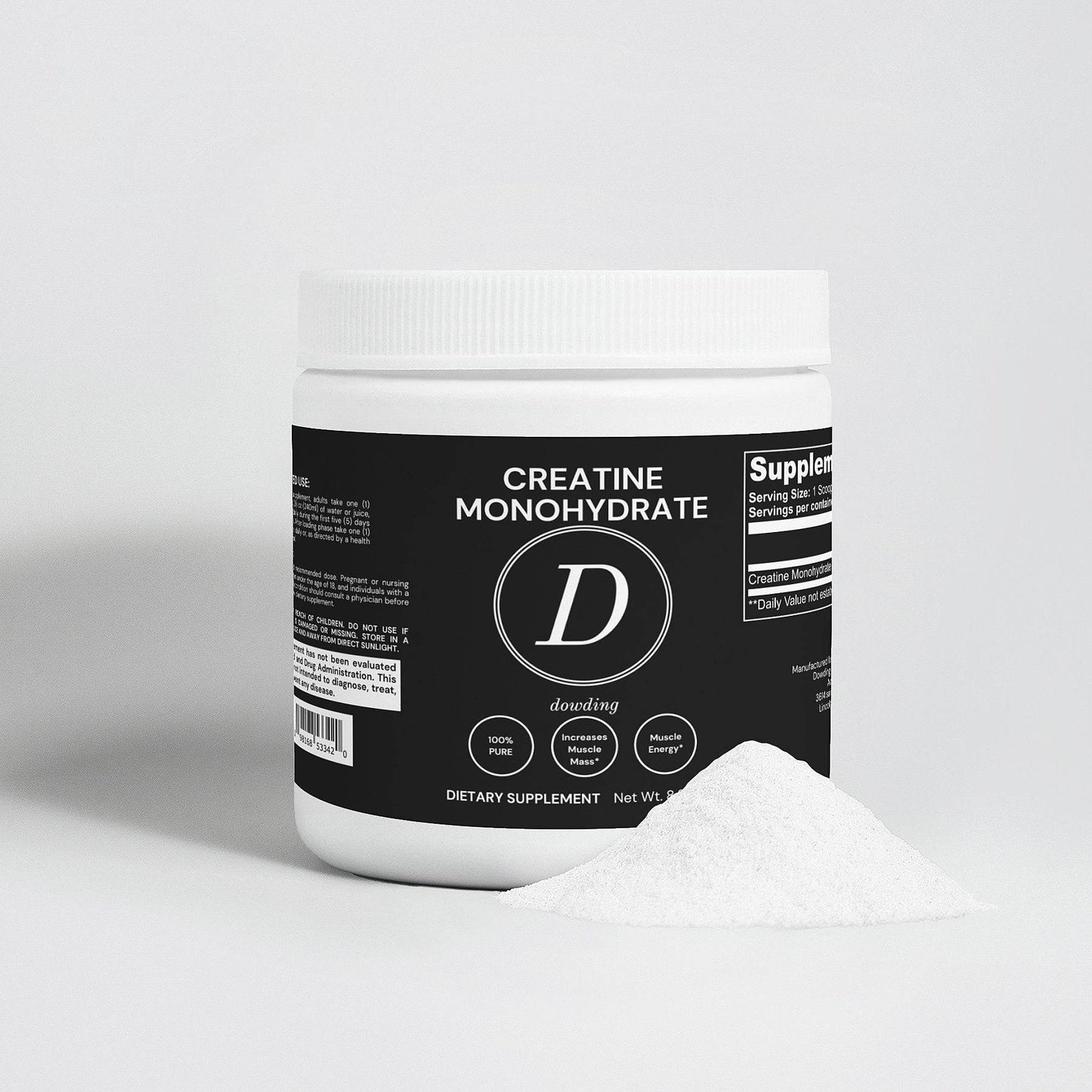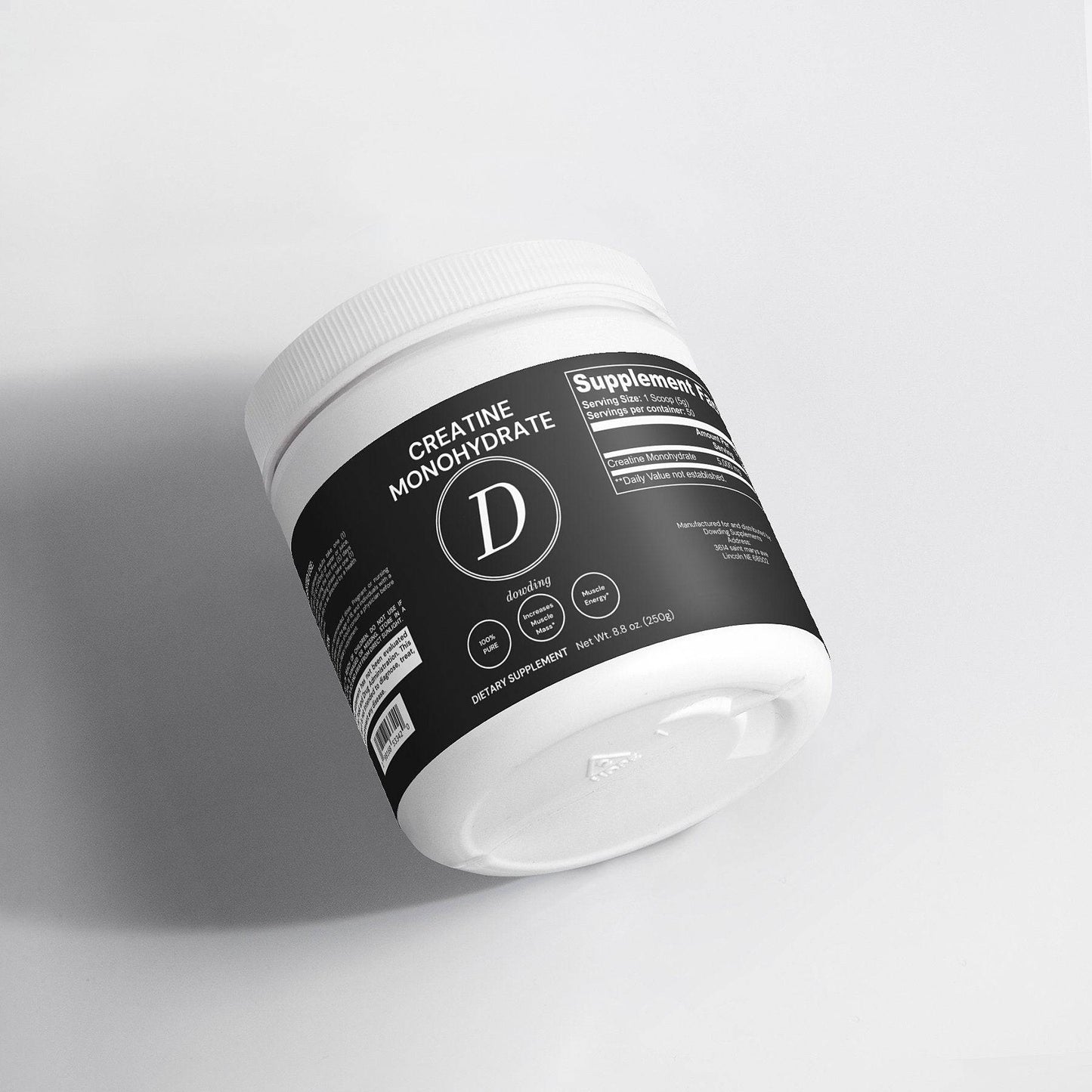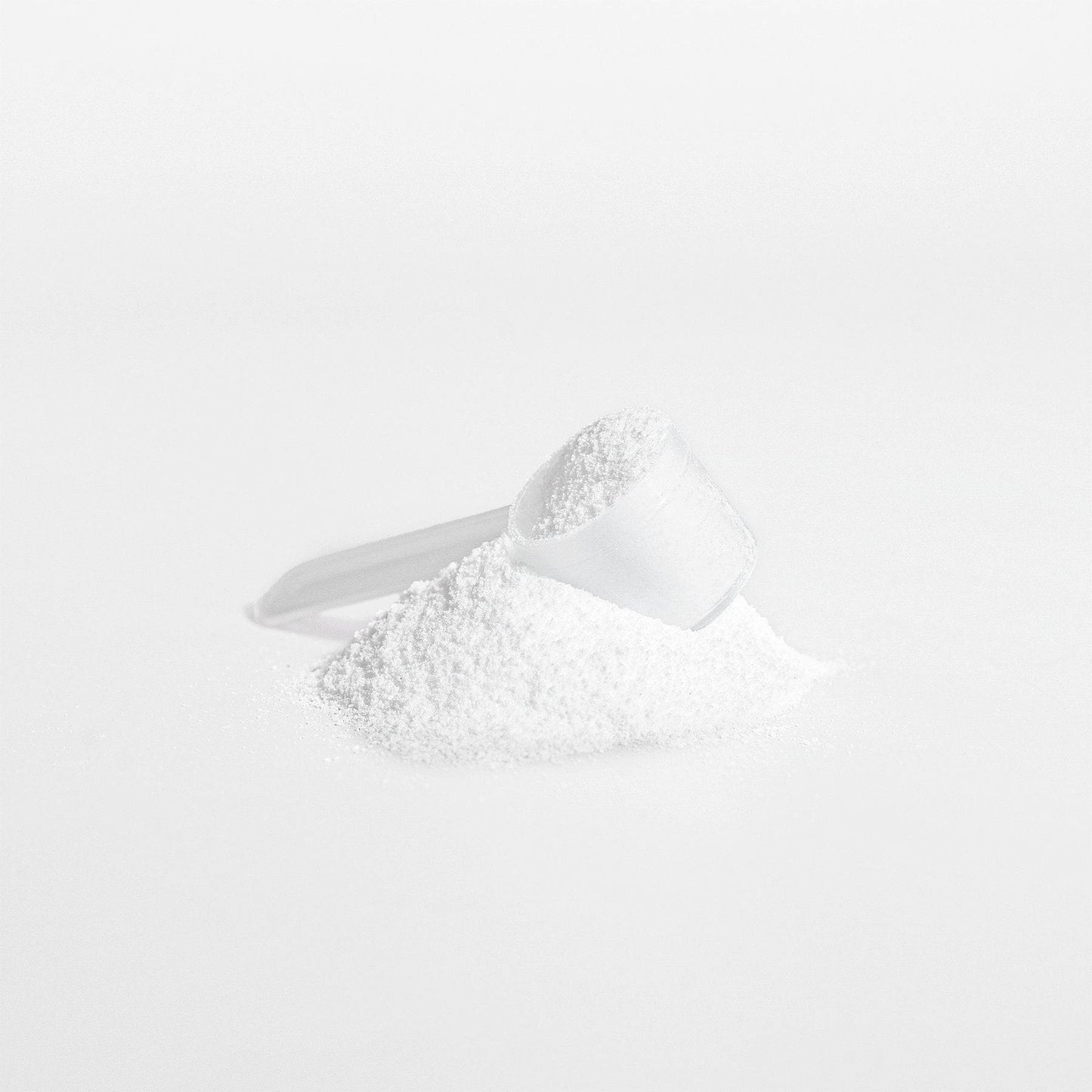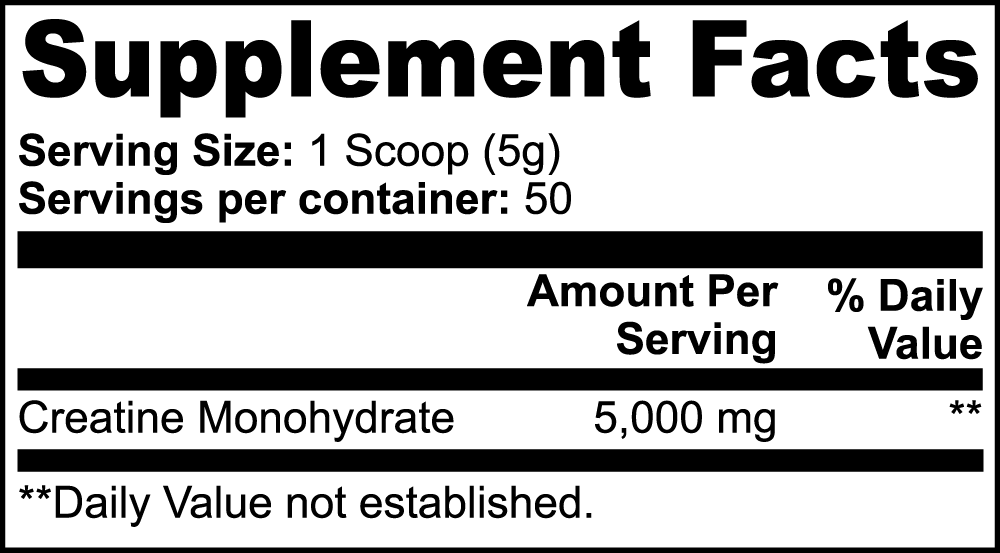
Unveiling the Reality: Common Side Effects of Creatine Monohydrate and Expert Management Tips
Creatine monohydrate is one of the most popular and researched supplements in the fitness community. Promoted for its numerous creatine benefits, it’s a go-to choice for athletes and fitness enthusiasts aiming to enhance performance. However, like any supplement, it’s not without its side effects. In this article, we will delve into the common side effects of creatine monohydrate and provide practical strategies for managing them effectively.
Understanding Creatine and Its Lev important Role
Creatine is a naturally occurring compound found in the body, primarily in muscles, and it plays a crucial role in energy production during high-intensity activities. When you choose to supplement with creatine monohydrate, you’re helping replenish your body’s creatine stores, which can lead to improved exercise performance, increased strength, and enhanced muscle growth.
Common Side Effects of Creatine Monohydrate
While creatine is widely used and considered safe for most individuals, some may experience side effects. Understanding these can help you make informed decisions and find ways to mitigate them. Below are the common side effects associated with taking creatine supplements.
1. Water Retention
One of the most common side effects of creatine monohydrate is water retention. This occurs because creatine draws water into your muscle cells, which can lead to a temporary increase in weight. While this can be visually pleasing for some, it may feel uncomfortable for others.
How to Manage Water Retention
- Stay Hydrated: Ensure you're drinking adequate water throughout the day, which can help manage the balance of fluid in your body.
- Monitor Your Dose: Sometimes, taking too much creatine can exacerbate water retention, so stick to the recommended dosage.
- Adjust Your Timing: Consider timing your creatine intake around your workouts to help with fluid dynamics.
2. Gastrointestinal Issues
Some individuals may experience gastrointestinal discomfort, including bloating, cramping, and diarrhea. These symptoms often occur when creatine is taken in large doses or without adequate water intake.
How to Alleviate Gastrointestinal Issues
- Increase Gradually: Start with a smaller dose and gradually increase it to allow your body to adjust.
- Take With Food: Consuming creatine with a meal can help ease digestive discomfort.
3. Muscle Cramps
Creatine may lead to muscle cramps in some users, particularly when taken without sufficient hydration. Cramps can be uncomfortable and deter individuals from engaging in physical activities.
Managing Muscle Cramps
- Hydrate Properly: Drinking plenty of fluids can help prevent dehydration, which is a common cause of muscle cramps.
- Stretch Regularly: Incorporating stretching into your routine can help maintain muscle flexibility and reduce the risk of cramping.
4. Possible Kidney Stress
Concerns surrounding kidney function are often raised when discussing the safety of creatine supplements. While healthy individuals generally tolerate creatine well, those with pre-existing kidney conditions should consult a healthcare professional before usage.
How to Monitor Kidney Health
- Consult a Doctor: Before starting creatine, getting a check-up, especially if you have any kidney issues, can help ensure safety.
- Regular Testing: If you choose to supplement, consider periodic kidney function tests to monitor your health.
The Slippery Slope of Overconsumption
Another potential issue with creatine use is the possibility of overconsumption. When users take more than the recommended daily dose, they might experience exacerbated side effects, leading to discomfort and even more significant health concerns.
Setting Boundaries with Dosage
The typical recommendation for creatine monohydrate is about 3-5 grams per day post-loading phase. It’s essential to adhere to dosage guidelines to minimize side effects and maximize creatine benefits.
Making the Most of Your Creatine Experience
Here are some additional tips for ensuring that your experience with creatine is both effective and enjoyable:
- Choose Quality Products: Not all creatine is created equal. Look for high-quality, reputable brands that have been tested for purity.
- Timing is Key: Incorporating creatine into your pre- and post-workout routine can enhance its effectiveness when paired with your exercise regimen.
Bonus: Evaluating the Best Creatine for You
While creatine monohydrate is the most studied form of creatine, there are various types available, each with its unique properties. If you find that you’re experiencing too many side effects, you might want to explore other forms:
- Creatine Ethyl Ester: This type is believed to absorb more quickly, potentially resulting in fewer digestive issues.
- Buffered Creatine: This form is designed to minimize side effects while delivering the performance-enhancing benefits.
Empowering Your Fitness Journey
Incorporating creatine monohydrate into your fitness routine can enhance your performance and support your fitness goals. By understanding common side effects and implementing effective management strategies, you can safely enjoy the multitude of creatine benefits while minimizing discomfort.
Always remember to listen to your body. If you experience persistent side effects or have underlying health conditions, seek advice from a healthcare professional. Embrace your fitness journey with knowledge and confidence, and let creatine be a powerful ally in achieving your personal best while keeping your body’s health intact.





